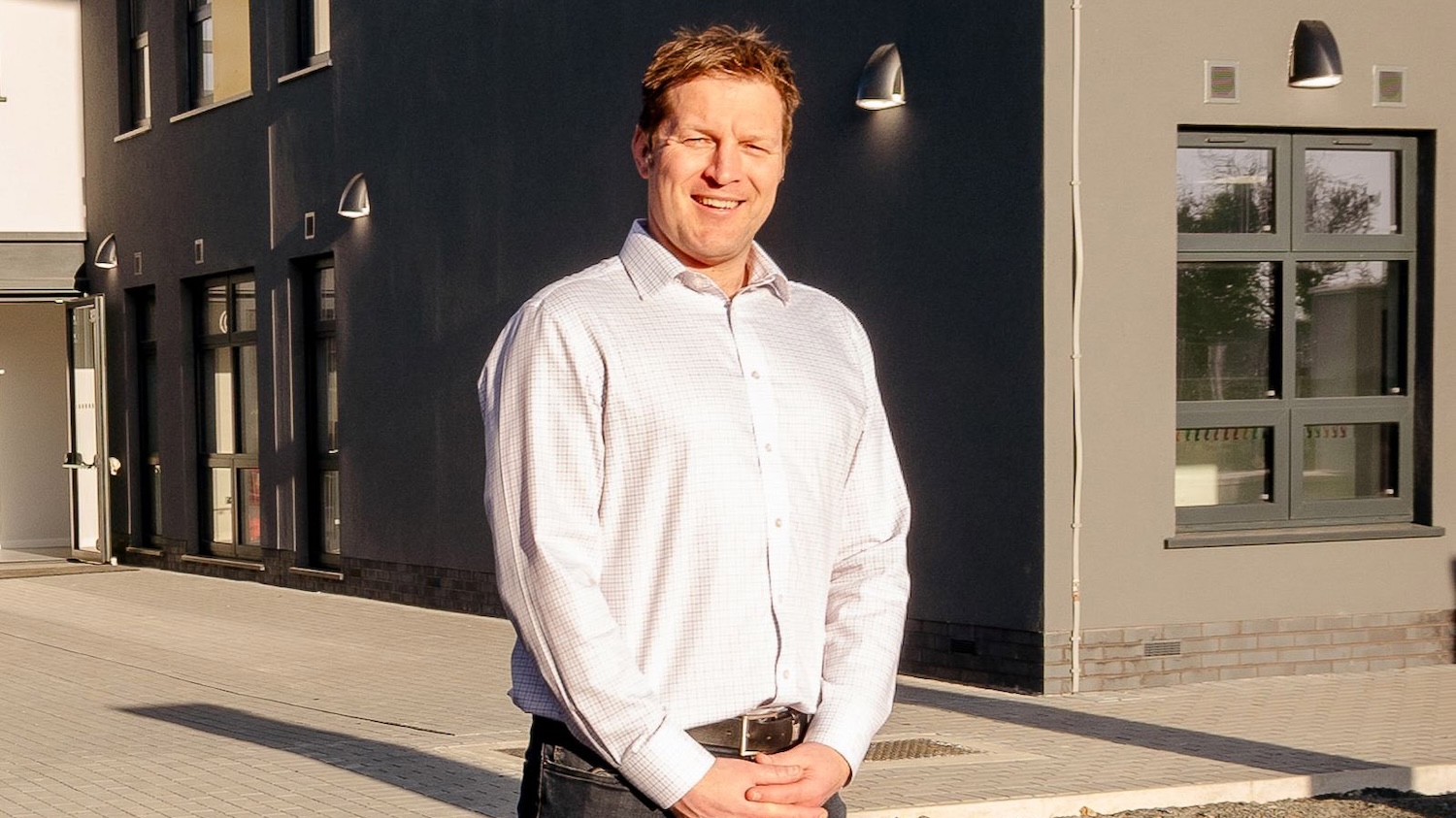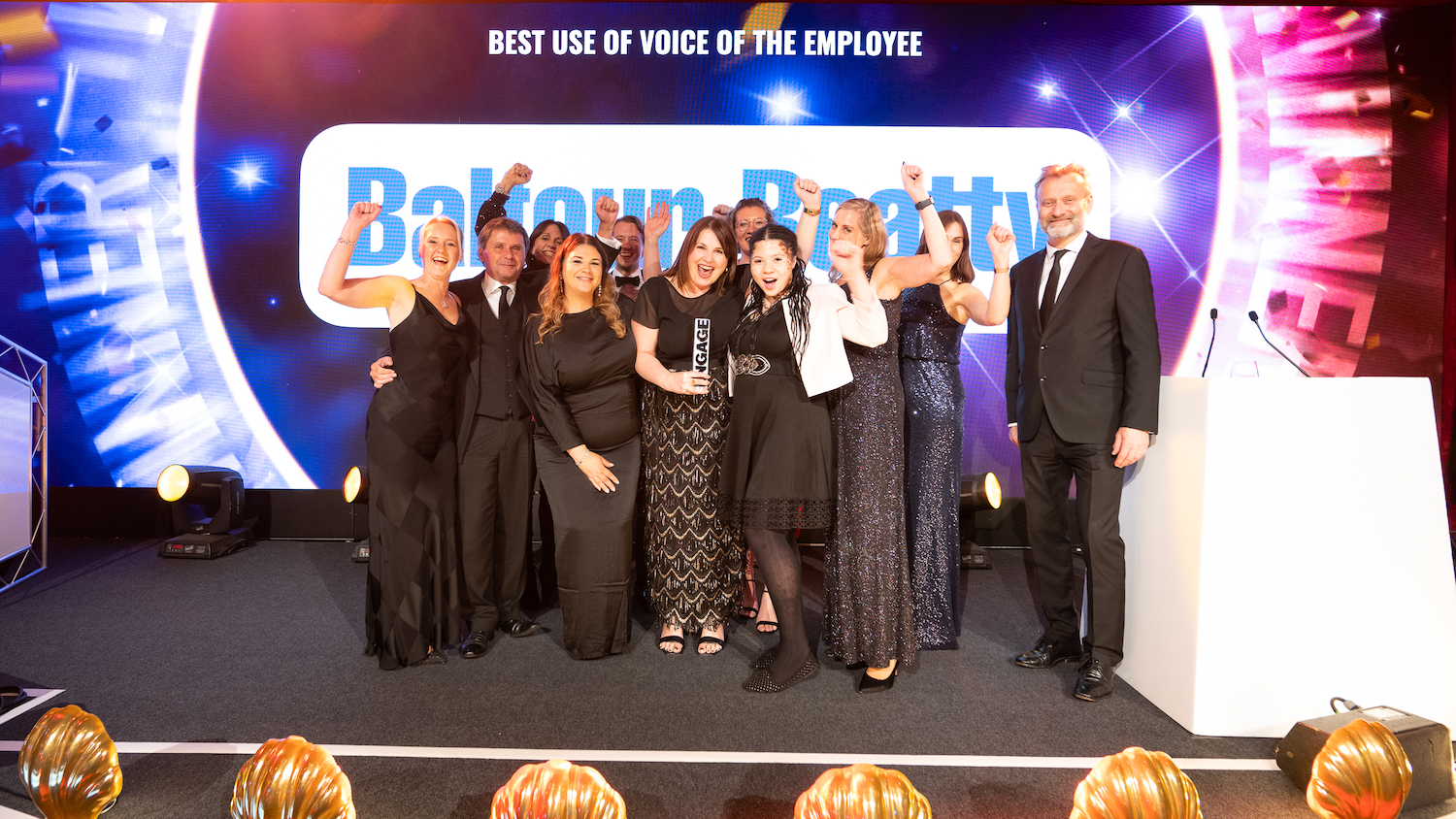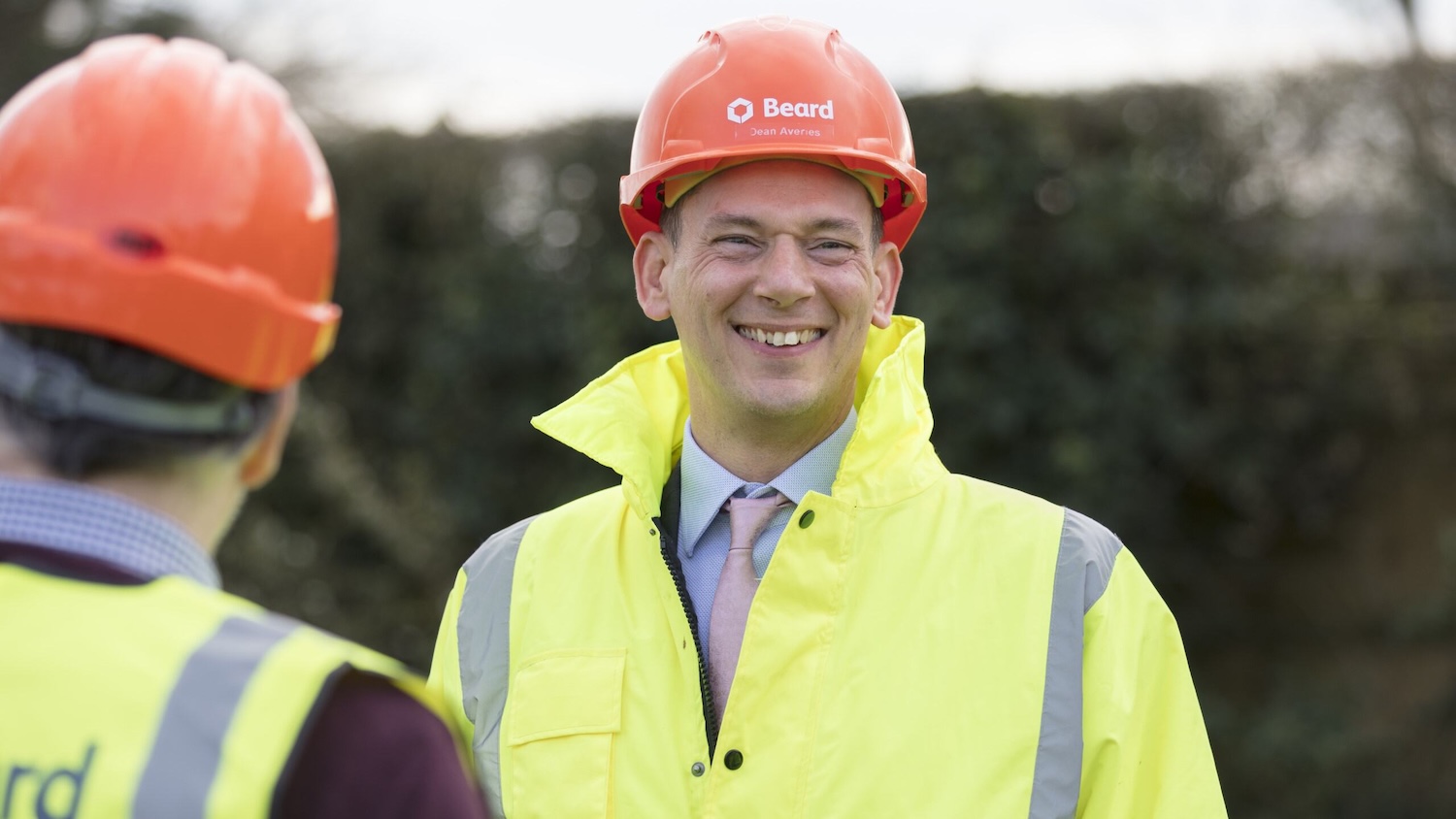
How to navigate difficult conversations as a construction leader
Industry experts share their essential advice for managing challenging discussions in the workplace
From discussing project overruns to providing feedback on an employee’s performance, tackling difficult conversations is an important part of the job for construction leaders.
Avoiding thorny issues might be appealing, but this could lead to more complex challenges in the long term.
Gleeds associate director of project management Frances Palmer says it can be “all too easy to try and avoid difficult conversations in the hope that they will resolve themselves or go away”.
But she cautions against this approach. “In the world of construction, this can have severe impacts on project delivery and can result in unmanageable or even unsafe situations.
“Because of their complex nature, construction projects often change. If issues – big or small – go unresolved, they inevitably impact both the outcome of the scheme and also the morale and level of collaboration achieved across the wider team.”

Positive outcomes
Frances Palmer shares her top tips for facilitating productive conversations that support positive outcomes:
- Stay impartial
- Repeat back what you have understood
- Create outcomes together
- Believe what you say and be interested in their response
- Ensure the motivations for the outcome are aligned to the objectives and are non-biased
According to Paul Fox, founder of Constructive Coaching, it can be useful for construction leaders to set an early expectation that “difficult conversations will be the norm”.
These conversations are necessary to maintain a culture of openness and transparency, he says, adding that they are an indicator of “a healthy, mature relationship”.
Planning ahead
For Natasha Johnson, director of HR consultancy Organic P&O Solutions, good preparation is key to tackling difficult conversations, particularly regarding employee performance. She stresses that “it’s vital to get the whole picture first”.
“Collect all relevant data about the employee and their performance, including information about projects they’ve been working on and evidence about their behaviour from colleagues and managers,” she says.
Palmer agrees that “the more preparation that is done, the easier the difficult conversation will be”.
Similarly to Johnson, she places importance on gathering all the facts. When addressing project-related challenges, she advises talking to colleagues if appropriate, looking at project data and analysing the situation as far as possible to ensure that the issue is “valid”.
Johnson believes it is useful to set objectives for the conversation, have an endpoint in mind and choose a private, neutral space.
In terms of the space, Palmer sees scope for meetings to take place away from the office, with a walk in the park, or in a quiet, discreet place.
She believes that to achieve a productive conversation, leaders must “create an environment where everyone involved in the conversation feels at ease, comfortable and equally respected”.
Palmer adds: “In my view, too many leaders in the construction sector still think that the way to produce outcomes is through a carrot and stick approach, and that creating a business-like environment produces results.
“If the industry learnt to adapt and foster new ways of working, then positive and creative outcomes would feel easy.”
Productive discussion
While there is “no easy way” to have difficult conversations, says Fox, construction leaders “can make it easier by conditioning it first”. “This is very simple,” he adds. “Just say it as it is.”
He gives the example of needing to have a discussion with an employee about not behaving like a team player. This could go along the following lines.
“Bill, what I want to talk about isn’t easy for me to say, and may be difficult for you to hear. (Pause.) Your attitude towards the framework partners has been unacceptable for the past two weeks. Tell me what is going on?”
The point, Fox explains, is “not to sugarcoat what you say, but to enable you to say exactly what you need to say in a way that the other person can hear it and understand it”.
This is possible because a good leader will “set the expectations up front as to levels of frankness and honesty”.

The point is not to sugarcoat what you say, but to enable you to say exactly what you need to say in a way that the other person can hear it and understand it
Overall, Fox recommends being specific, stopping “for a few seconds to let [employees] absorb the information” and agreeing “measurable and time-bound objectives”.
Meanwhile, Palmer tries to relax before any challenging conversation. “If I go into a difficult meeting stressed, this will come out in the discussion,” she says.
During the conversations themselves, she tries to see things from the employee’s point of view and to ensure she is not accusing anyone, but “making a statement of facts and then encouraging a conversation to try and reach a consensus about the best way forward”.
“If a consensus is not possible, at least the person receiving the news feels listened to and respected.”
Potential pitfalls
Construction leaders “shouldn’t avoid having the conversation” as this can cause issues “to grow into bigger problems”, Johnson says.
“Don’t let yourself get defensive,” she adds. “Getting emotional yourself can escalate tensions, so try to stay calm and focus on the issues.”
Fox adds that it is helpful to separate an employee’s behaviour from them as a person and to “talk factually about the behaviour, not in judgement about their character”.
Meanwhile, Palmer feels that with the increased use of AI within the construction industry, it is “tempting to use data to explain all given situations, good or bad”.
“This clearly has its benefits, as it enables decision-making on project aspects such as time, cost and programme, and for performance to be monitored and quickly identified when problems arise,” she says.
“However, I feel that the overuse of data to explain situations and try and resolve them takes away the necessity for collaboration, interaction and face-to-face communication. There is space for both.”
Dealing with negative reactions
Negative reactions are inevitable, according to Palmer, as it is often “a human response to feeling threatened, hurt or ashamed of a behaviour”.
“What is important is that managers do not react defensively, as this will only heighten the negativity and preclude any ability to find a solution,” she says.
Palmer adds that it may be necessary “to take a break from the discussion to let those involved calm down and take a breath and reconvene the conversation when appropriate”.
“The feedback from an initial discussion might feel overly negative but there is always an ability to find a silver lining, which might actually help you, as a manager, to grow and develop too.”
Johnson agrees that if an employee reacts badly, construction leaders should “give them space to express their concerns and feelings”.
“Sometimes people just want to be listened to, and once they’ve got their feelings off their chest, they’re more receptive to hearing solutions.”
She adds that it is possible to reduce defensiveness on an employee’s part “by giving feedback using ‘I’ statements instead of ‘You’ statements – ‘I noticed…’ compared with ‘You always…’.”
Inviting the other person “to share how they’re feeling about the situation” can also make the conversation “a two-way collaboration, rather than a one-way confrontation”, Johnson says.
“Keep the conversation focused on potential solutions and create an action plan together. This makes them part of the discussion and encourages accountability.”
Construction leaders shouldn’t “be disappointed or upset if folk push back, deny or become upset”, Fox says. “Allow them the dignity to be human. Empathy not sympathy is key here. Hear them out.”

Sometimes people just want to be listened to, and once they’ve got their feelings off their chest, they’re more receptive to hearing solutions
Positive relationships
Overall, Palmer says construction leaders should believe in what they are saying but also be open to learning from their colleagues.
“Evaluate the problem and how it arose, look within yourself and reflect on whether the action or inaction you took influenced the decisions made and outcomes before holding others to account,” she says.
Johnston adds: “Always be honest and transparent through difficult conversations, and follow up with the employee afterwards to see how they’re getting on.
“Get ahead of difficult issues by training leaders on how to deal with conflict, and boost their communication skills so they can explain changes to their team.”
Meanwhile, Fox stresses the importance of reminding people “how much you value them”.
“Be specific in their qualities and attitudes,” he says. “Reaffirm that you think well of them, but not their performance or behaviour in this situation.
“Realise that when the conversation is over, it is over. Re-create your positive expectations of them. If people experience that you will hold high standards but still think well of them, they’ll be a massive advocate for your ‘firm but fair’ leadership.”







